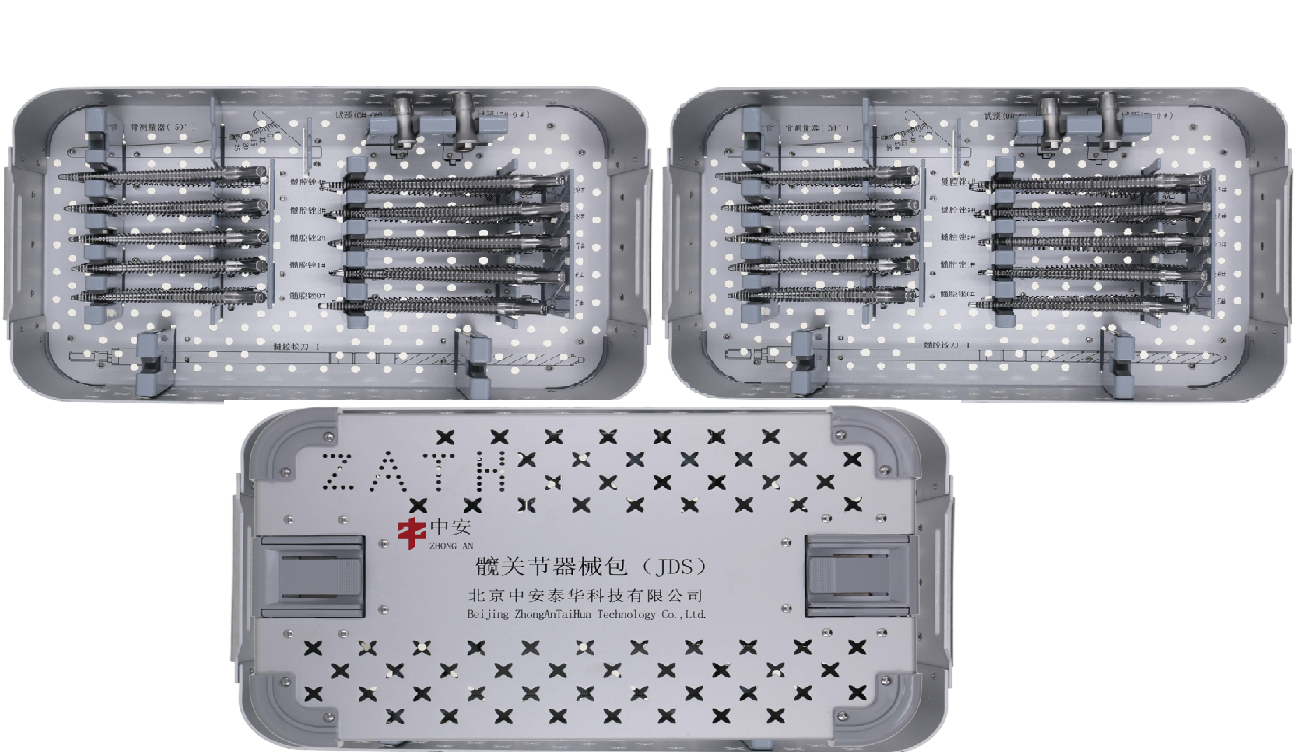The JDS hip instrument represents a significant advancement in orthopedic surgery, especially in the field of hip replacement surgery. These instruments are designed to improve the accuracy and efficiency of hip replacement surgery, and are customized according to the constantly changing needs of surgeons and patients.
The JDS hip joint instrument features innovative design that simplifies the surgical process. The instrument includes a comprehensive set of tools to assist in accurately placing the hip joint shaft, ensuring optimal alignment and stability. This is crucial for the long-term success of hip implants, as proper placement can significantly reduce the risk of complications and improve patient prognosis.
Hip Set Uses and Applications in Orthopedic Surgery
One of the main uses of JDS hip joint instruments is total hip arthroplasty (THA), which is a common surgery for patients with severe hip arthritis or fractures. This instrument helps surgeons accurately prepare the hip socket and femur to ensure optimal alignment and stability of hip implants. Its ergonomic design allows for greater flexibility, thereby reducing the risk of surgical complications.
The core of the Hip instrument is the femoral shaft itself, which is typically made of high-strength materials such as titanium or cobalt chromium alloy. We chose these materials because of their biocompatibility and durability for long-term use in the human body. The femoral shaft closely adheres to the femur, providing a stable foundation for the artificial hip joint.
Another key component is the reamer, which is used to prepare the femoral tube for the femoral shaft. The reamer ensures that the femoral tube has the appropriate size and shape, thereby ensuring the safe fixation of the femoral shaft. This step is crucial for reducing the risk of complications and ensuring the longevity of the implant.
In addition, the equipment kit may include various trial components that allow surgeons to test different sizes and configurations before final implantation. The trial wearing process is crucial for achieving optimal patient cooperation and functionality.
In summary, the hip joint instrument consists of several key components, including the femoral stem, reamer, calibration guide, and test. Each component is key to ensuring the success of hip replacement surgery, ultimately improving patient prognosis and enhancing the quality of life for patients with hip related diseases.
Post time: May-07-2025

